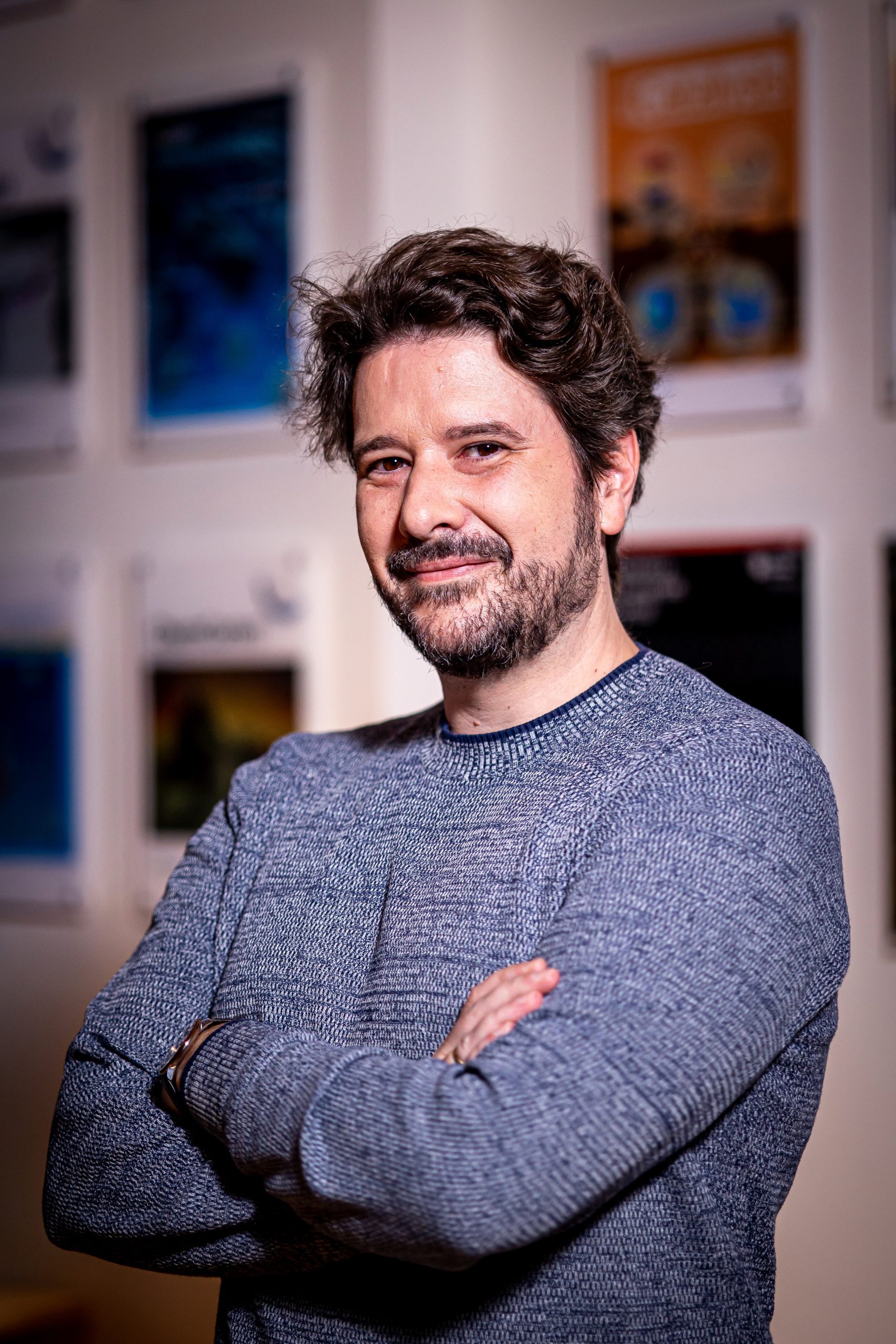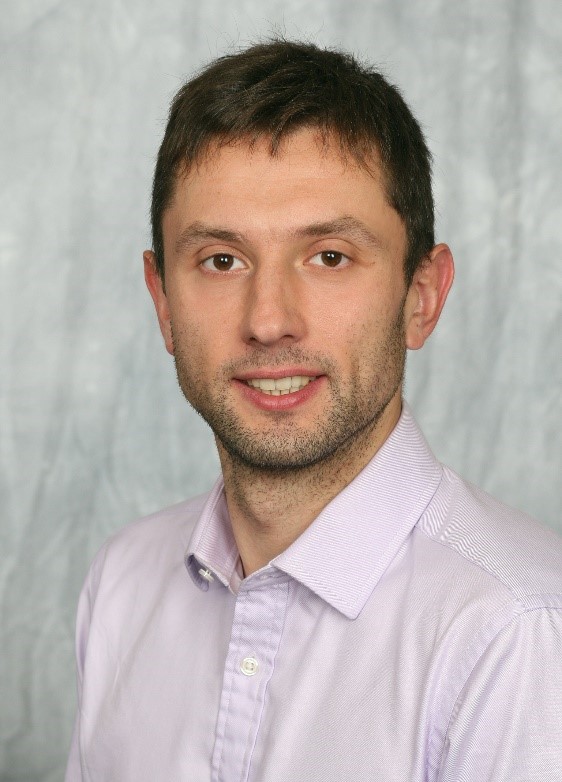Internationalisation and international cooperation are one of the priorities of the Czech Science Foundation (GACR). The number of project proposals submitted by foreign applicants increases every year and so does the ratio of foreign investigators to Czech ones.
JUNIOR STAR projects are no exception in this matter. These grants are intended for excellent scientists in their early careers who have already published in international journals, have had a substantial experience abroad and at the same time did not receive their PhDs longer than 8 years ago.
This article introduces some of the successful non-Czech scientists who are currently investigating their GACR JUNIOR STAR projects.
Normalisation and Emergence: Rethinking the Dynamics of Mathematics. The case of Prague in the First Half of the 19th Century
Elías Fuentes Guillén, Ph.D., Institute of Philosophy of the Czech Academy of Sciences
“We will provide a better understanding of the circulation and development of mathematical knowledge and practices in the Czech lands during the first half of the 19th century.“
The development of Mathematics in Prague and the Czech lands within the European context of the late 18th century and the first half of the 19th century is severely understudied. Specifically, how and why certain ways of doing mathematics were set as a norm and different or new practices were integrated or emerged. To bring more light and to deeply study and understand these dynamics of Mathematics is the aim of the JUNIOR STAR project of Dr. Elías Fuentes Guillén. “In such a context, my team and I are particularly interested in the cases of Prague and Bernard Bolzano, as both can be regarded as actors of its own kind, and furthermore, we seek to revitalise and make long-term contributions to Bolzano studies,” points out the principal investigator Dr. Fuentes Guillén.
The project involves in-depth research on institutions, such as the University of Prague, societies or groups, such as the Royal Bohemian Society of Sciences, and individuals, such as private teachers, all of which transmitted mathematical practices through teachings and different activities and texts. But it also delves into the motivations of those actors who were first and foremost the ones establishing certain practices as norms, namely imperial authorities, church, nobles, or aristocrats. “Our research requires studying published works, drafts, examinations, diaries, letters, etc. of maths teachers, students and practitioners, but also other materials that account for the contexts, including decrees, maps, sermons, or library and book-fair catalogues,” explains Dr. Fuentes Guillén.
Dr. Fuentes Guillén, who originally comes from Mexico, cooperates on the project with, among others, a research group at the University of Seville and the International Bernard Bolzano Society. He is also contributing to the critical edition of Bolzano’s works. In addition to delivering a number of publications, he and his team will build a digital archive of Bolzano’s manuscripts and train a handwritten text recognition model. They have also established the Bernard Bolzano Collection in the library of the Institute of Philosophy in Prague. With these results he intends to consolidate a research unit on Bolzano and his context at the Institute.

Atomic-scale control and visualization of charge delocalization in light-harvesting molecular nanomodels
Bruno de la Torre, Ph.D., Czech Advanced Technology and Research Institute (CATRIN), Palacký University Olomouc
“By understanding the electronic and structural properties of new ‘molecular components’ we can develop prototypes of molecular devices.”
The transfer of charge between organic molecules controls many naturally occurring phenomena such as photosynthesis, cellular respiration in living organisms, or DNA damage and repair. Dr de la Torre’s JUNIOR STAR project will investigate specific aspects of the process of photosynthesis, in which plants and bacteria efficiently convert light into other forms of energy, and which is made possible by a complex photosynthetic apparatus involving many molecular structures. The project aims to identify critical parts of this process that, if fully understood, could help to replicate this behaviour on a larger scale. Another key priority of the project, then, is to understand the movement of charges in molecules, which plays a crucial role in the whole process.
Although the research focuses primarily on atomic-scale discoveries, it is possible that the results of the project will stimulate the development of nanoscale light harvesting devices based on organic components. “Once we have a deeper understanding of charge transfer and molecular behaviour, our findings may contribute to the design of new energy harvesting technologies that mimic natural processes at the atomic level,” explains investigator Dr de la Torre.
Under the supported project, the research team will collaborate and exchange knowledge with international experts and institutions, giving the project a global scale and the potential for international contributions in the field of molecular electronics and nanotechnology.
“Direct applications may not be immediately obvious, but our research could still lay the foundations for future technological advances. As society increasingly seeks cleaner and greener solutions, we envision a future where humans seek to replicate natural processes using nanotechnology,” concludes Dr. de la Torre, who has been based in Czechia since 2016.

Particle identification in high-energy physics experiments and space with advanced detection systems
Dr. rer. nat. Benedikt Bergmann, Institute of Experimental and Applied Physics, Czech Technical University in Prague
“We will improve detectors that measure invisible particles of ionizing radiation, known as radioactivity.”
In contrast to the well-known radioactivity detectors, which emit a typical crackling sound whenever ionising radiation is detected, the detectors developed by Dr. Bergmann are more like “radiation cameras”, because they cannot only detect radioactivity, but also visualise it. In his JUNIOR STAR project, he will use modern machine-learning approaches to match recognised shapes to specific types of particles, their energies and directions of flight. Moreover, by being no bigger than a human thumb, the detectors Dr. Bergmann is developing will far surpass the instruments currently in use, which require enormous computing power and complex combinations of different detector technologies.
“The miniaturization of the instrumentation will allow for application in places where otherwise precise radiation field analysis was complicated due to limited space, weight or power budgets. For example, in space, the miniaturization will allow for application on small satellites or to be deployed for remote measurements on the moon or other planets,” explains investigator of the project Benedikt Bergmann.
Dr. Bergmann, who has been working in the Czech Republic since 2012, has managed to reach out and attract scientists from leading universities such as the University of Cambridge or University College London to his research team. Their research will involve collaborations with institutions such as the European Space Agency (ESA) and European Organization for Nuclear Research (CERN). The experimental part of the project will take place, for example, at the Los Alamos National Laboratory in the US.

